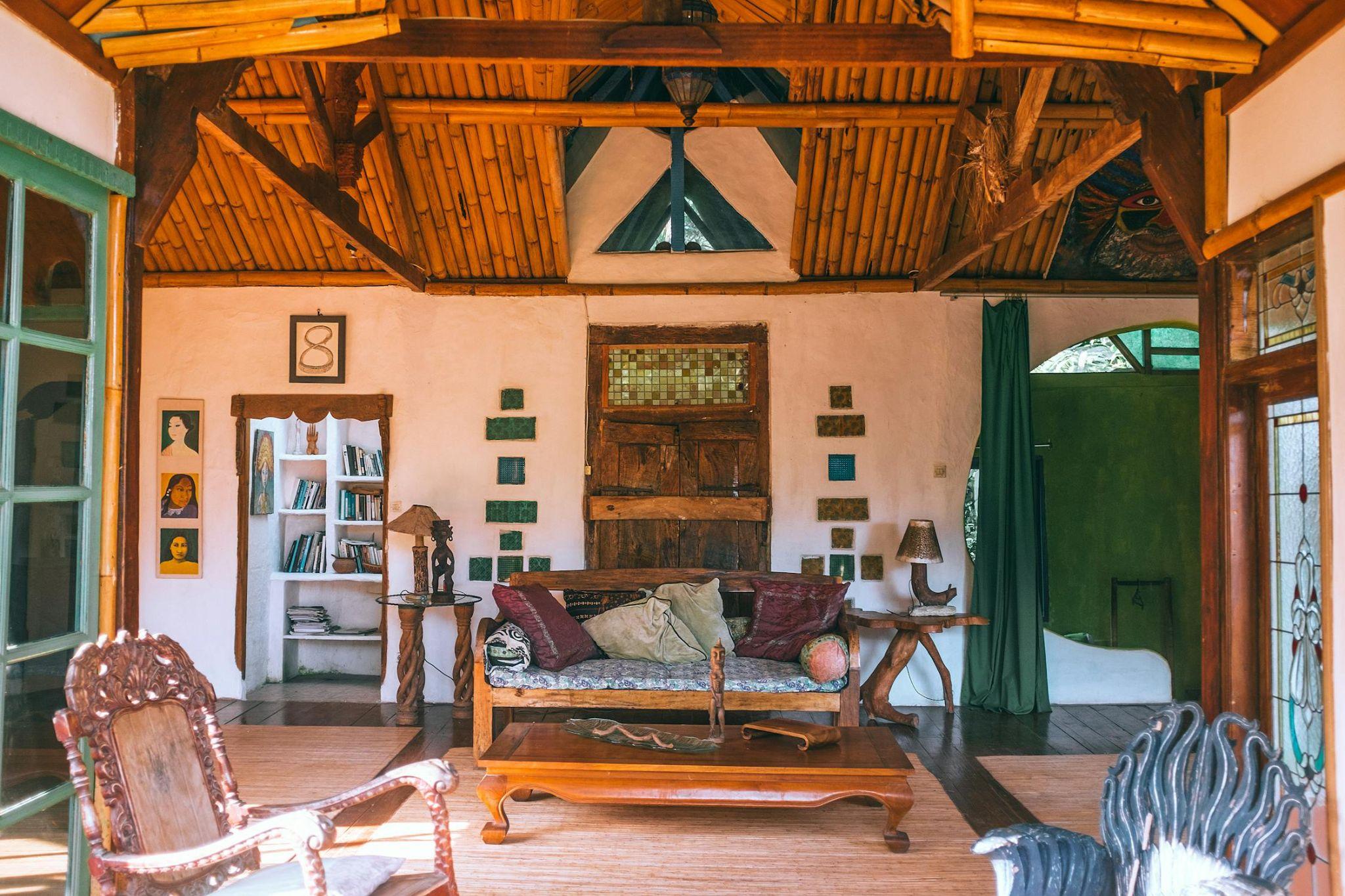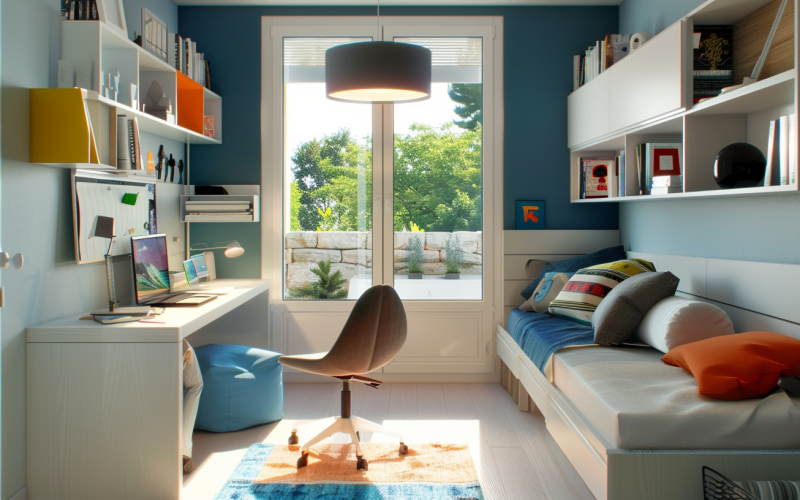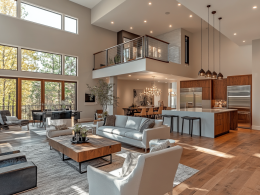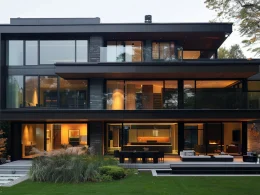Designing a future-ready home means embracing modern solutions that enhance energy efficiency and optimize space.
By integrating smart technologies, sustainable materials, and renewable energy sources, you can create a home that meets today’s needs while preparing for tomorrow’s challenges.
This guide provides practical insights and actionable tips for building an innovative and adaptable home.
Key Cost Factors in Building a Future-Ready Home
Budgeting for energy-efficient upgrades begins with identifying the most impactful improvements. Conduct an energy audit to pinpoint where your home loses energy.
Once you know the key areas, prioritize upgrades based on potential energy savings and cost-effectiveness.
- Insulation and Sealing: Insulate your attic, walls, and floors to cut heating and cooling costs. Seal gaps around windows, doors, and other openings. These inexpensive measures offer quick returns on investment.
- Renewable Energy Systems: Install residential solar systems or a small wind turbine. These systems have higher upfront costs but offer significant long-term savings and may qualify you for tax credits or rebates.
- Energy-Efficient Windows and Doors: Replace old windows and doors with high Energy Star-rated models. Though the initial cost is higher, the long-term energy savings make it worthwhile.
- Heating and Cooling Systems: Upgrade to a high-efficiency HVAC system to reduce energy consumption. Consider heat pumps or energy-efficient furnaces. Regular maintenance of existing systems ensures peak efficiency.
- Lighting: Switch to LED bulbs, which use less energy and last longer. Install dimmer switches and motion sensors to reduce energy use further. These changes are low-cost and easy to implement.
- Appliances: Invest in energy-efficient appliances with the Energy Star label. These consume less energy and water, lowering utility bills.
It also helps to create a detailed budget that includes materials, labor, and potential financing fees. Track expenses and savings to stay within budget and achieve desired energy efficiency improvements.
Following these steps and incorporating versatile furniture to maximize space can help you create a modern, efficient, and sustainable home.
Leveraging Technology to Create a Future-Ready Home
Smart home technologies can transform your living space into a more efficient, convenient, and secure environment. Here are some essential smart home devices to consider:
Smart Thermostats
These devices learn your schedule and preferences, automatically adjusting the temperature to save energy and enhance comfort. Popular options include the Nest Learning Thermostat and the Ecobee smart thermostat.
Smart Lighting Systems
Control your lights remotely, set schedules, and even change colors with smart lighting solutions. Smart lighting systems offer versatile and energy-efficient options that can be controlled via smartphone apps or voice commands.
Smart Appliances
Upgrade your kitchen and laundry room with smart appliances that can be controlled and monitored remotely. Smart refrigerators, ovens, and washing machines from brands like Samsung and LG can notify you of maintenance needs, suggest recipes, and even reorder supplies.
Smart Plugs and Outlets
Convert your existing appliances into smart devices with smart plugs and outlets. These allow you to control power to any device remotely, set schedules, and monitor energy usage.
By incorporating these smart home technologies, you can create a more connected, efficient, and secure living environment. Each device offers unique benefits, making it easier to manage your home and improve your quality of life.
|
Water-Efficient Fixtures: Upgrade to water-efficient fixtures and appliances, such as low-flow showerheads and dual-flush toilets, to significantly reduce water consumption. |
|---|
The Advantages of Sustainable Materials in Home Construction

Using sustainable materials in home construction offers numerous benefits beyond environmental impact.
These materials often provide superior performance, enhance indoor air quality, and lead to cost savings over time.
Sustainable building materials include bamboo, a rapidly renewable and robust alternative to traditional hardwoods; recycled steel, which reduces the need for new raw materials while offering exceptional durability; and reclaimed wood, which adds unique character to homes and minimizes deforestation and waste.
Impact on Indoor Air Quality
Sustainable materials often contain fewer volatile organic compounds (VOCs), which can significantly improve indoor air quality. For instance, low-VOC paints and finishes reduce harmful emissions, creating a healthier living environment.
Natural materials like wool insulation and cork flooring are hypoallergenic and resist mold and mildew, enhancing air quality.
Cost Considerations
While some sustainable materials may have a higher upfront cost, they often lead to long-term savings. For example, energy-efficient windows and doors can reduce heating and cooling costs.
Durable materials like recycled steel and bamboo require less maintenance and have longer lifespans, reducing replacement costs over time.
Environmental Benefits
Sustainable materials reduce your home’s ecological footprint. By choosing renewable, recyclable materials with a low environmental impact, you contribute to resource conservation and waste reduction.
For instance, reclaimed wood prevents trees from being cut down and reduces landfill waste.
Incorporating sustainable materials into your home construction benefits the environment and enhances its quality, durability, and value. By making informed choices, you can create a living space that is both beautiful and responsible.
|
Sustainability Tip: Install systems for rainwater harvesting and greywater recycling to reduce water usage and maintain sustainable water management. |
|---|
Crafting Your Future-Ready Dream Home
Designing a future-ready home involves integrating energy-efficient solutions, leveraging smart technologies, and optimizing space.
Embrace sustainable materials to enhance your home’s environmental impact. Utilize renewable energy sources like solar and wind to reduce costs and increase efficiency—plan for adaptability by incorporating flexible design features and preparing for b.
By following these principles, you can create a modern, efficient, and adaptable living space that meets your needs today and in the future.











